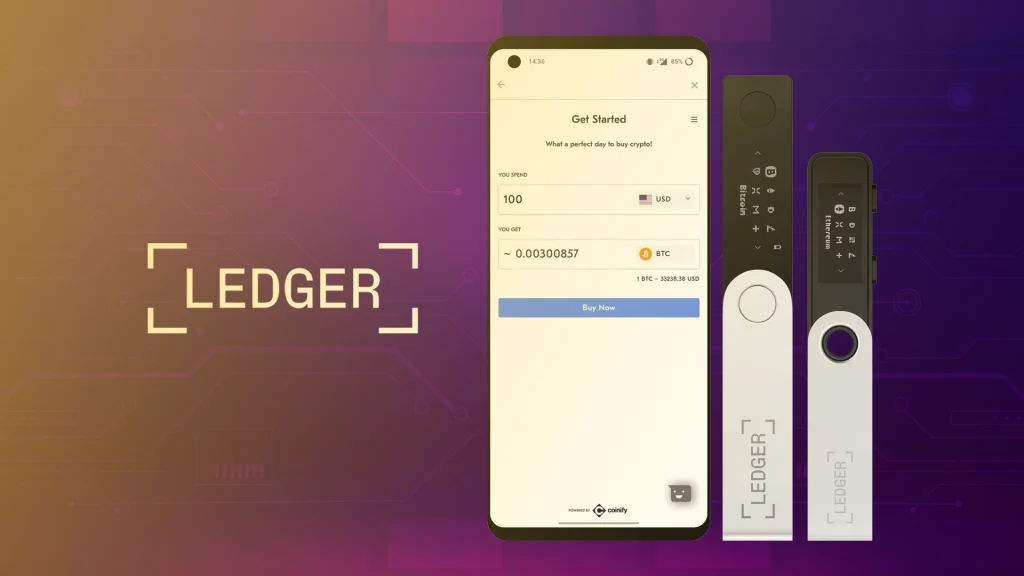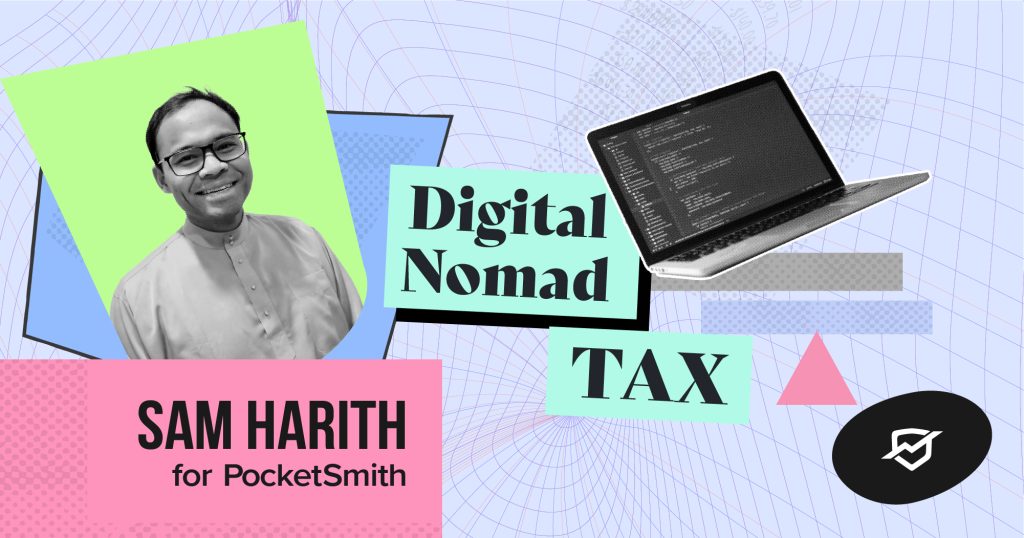Digital fraud is like a chameleon—always changing, always adapting. And forensic accountants? They’re the detectives with the magnifying glasses, piecing together financial breadcrumbs left behind in the digital world. Let’s break down the techniques they use to uncover fraud—before it’s too late.
The Digital Paper Trail: Where Forensic Accounting Shines
Forensic accounting isn’t just about crunching numbers. It’s about spotting anomalies—the tiny cracks in a company’s financial facade. Here’s how experts do it:
1. Data Mining & Pattern Recognition
Think of data mining as sifting through sand to find gold. Forensic accountants use specialized software to:
- Flag unusual transactions—like sudden spikes in vendor payments.
- Identify duplicate invoices (a classic red flag for fraud).
- Track IP addresses to see if multiple logins come from the same device.
Patterns don’t lie. A vendor who only bills on weekends? Yeah, that’s suspicious.
2. Benford’s Law: The Math Behind Fraud Detection
Here’s a nerdy but fascinating trick: Benford’s Law predicts how often numbers 1–9 appear as leading digits in real-world data. Fraudsters? They rarely follow this natural distribution. Forensic accountants run datasets through Benford’s tests to spot:
- Fake expense reports
- Manipulated sales figures
- Altered financial statements
If the numbers look “too perfect,” they probably are.
3. Link Analysis: Mapping Hidden Connections
Fraudsters often hide behind shell companies or fake identities. Link analysis tools visualize relationships between:
- Employees and vendors (nepotism, anyone?)
- Bank accounts and obscure offshore entities
- Social media profiles and suspicious transactions
A single link might not prove fraud—but a web of them? That’s a smoking gun.
Real-World Techniques in Action
Okay, enough theory. How do these techniques play out in actual cases?
Case Study: The Phantom Employee
A mid-sized company noticed payroll expenses creeping up—but headcount hadn’t changed. Forensic accountants dug in and found:
- An “employee” with no email activity or login records.
- Paychecks deposited into an account linked to the HR manager’s cousin.
- Tax forms with forged signatures.
Techniques used: Data mining (payroll audits) + link analysis (bank account tracing).
Case Study: The Vendor Shell Game
A construction firm paid invoices to a “materials supplier” for years—until someone noticed the supplier’s address matched a defunct bakery. Forensic tools revealed:
- Duplicate invoices with slight name variations (e.g., “BuildRight LLC” vs. “BuildRite LLC”).
- Payments approved by the same manager every time.
- Zero online presence for the “supplier.”
Techniques used: Benford’s Law (invoice amounts) + digital footprint analysis.
Emerging Trends in Digital Fraud Detection
Fraud evolves—and so do the tools to fight it. Here’s what’s new:
- AI-powered anomaly detection: Machine learning spots outliers faster than humans ever could.
- Blockchain forensics: Tracing cryptocurrency flows to uncover money laundering.
- Biometric verification: Using facial recognition to confirm identities in real-time transactions.
The bad news? Fraudsters use AI too. The good news? Forensic accountants are staying ahead.
Final Thought: Trust, but Verify
In a world where digital fraud costs businesses trillions yearly, forensic accounting isn’t just useful—it’s essential. The techniques might sound high-tech, but the goal is simple: follow the money, find the truth.




